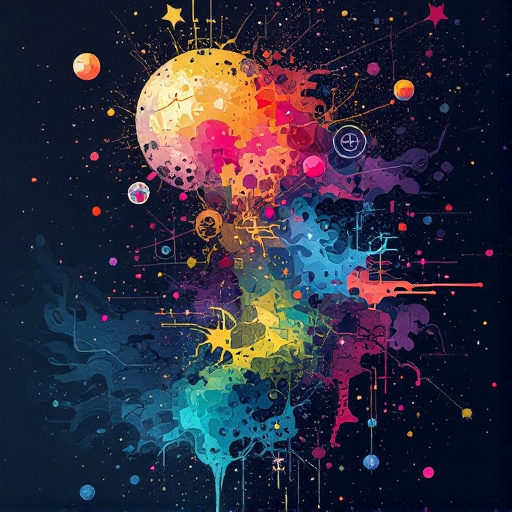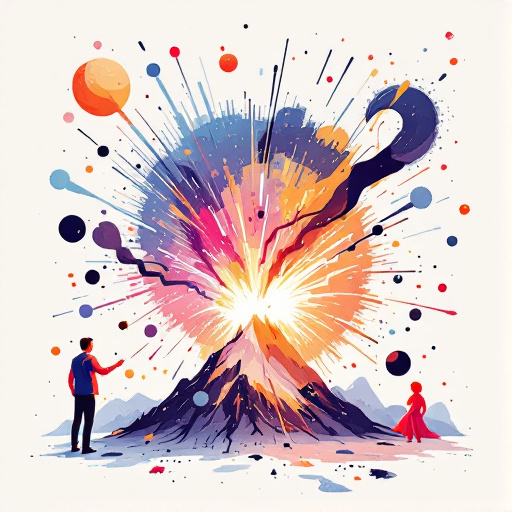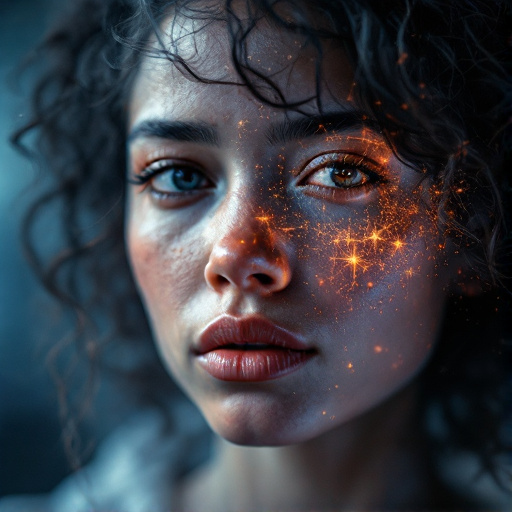Featured Articles
- 12 Essential Cognitive Principles That Underpin Exceptional Frontend Web Design Mastery
- “Beyond Aesthetics: How Neurodiversity Shapes Frontend Web Design for Inclusive User Experiences”
- Beyond Aesthetics: The Role of Emotional Design in Frontend Experiences
- Decoding the Unseen: How Quantum Computing Could Revolutionize Frontend Web Design Techniques
- The Art of Accessibility: Designing Web Experiences That Everyone Can Feel Good About
Beyond Aesthetics: The Role of Emotional Design in Frontend Experiences
Beyond Aesthetics: The Role of Emotional Design in Frontend Experiences
In the realm of frontend design, aesthetics are undeniably important, but the emotional resonance that design evokes can be just as powerful. This article explores the multifaceted role of emotional design in enhancing user experiences, backed by examples, statistics, and insights that demonstrate its true significance.
The Power of First Impressions
Did you know that users form an opinion about a website within a mere 0.05 seconds? According to a study by the Missouri University of Science and Technology, this rapid-fire judgment highlights the importance of emotional design in frontend experiences. First impressions matter—a lot. The colors, layout, and typography all contribute to how people feel when they land on your site.
Creating Emotional Connections
Consider the story of Airbnb, a platform designed to foster a sense of belonging. When they revamped their site to include more emotionally resonant photographs of hosts with their guests, they not only elevated the aesthetic quality but also crafted a platform where users felt a genuine connection with others. In 2016, Airbnb reported a 10% increase in bookings, driven by these changes. Their secret? Effective emotional design that goes beyond mere visuals to evoke feelings of warmth and community.
Understanding Emotional Design
Emotional design is grounded in the psychology of user experiences. As Don Norman, a cognitive scientist and author of "Emotional Design," suggests, the aesthetic aspects of a design are closely tied to how users perceive its functionality. A visually pleasing website can inspire trust and satisfaction, while an outdated, poorly designed interface can evoke frustration and distrust. In essence, emotional design acts as the bridge between user intent and satisfaction.
Statistics that Speak Volumes
Also remember that 70% of online shopping carts are abandoned, often due to poor user experience (Baymard Institute). When users feel overwhelmed or disconnected, their likelihood of following through with a purchase significantly decreases. By integrating emotional design principles—like simplified navigation and personalized recommendations—brands can effectively decrease abandonment rates.
The Case for Color Psychology
Color is one of the most immediate ways we associate emotion in design. Did you know that blue evokes feelings of trust and reliability, while red can incite excitement or urgency? Research has shown that people are more likely to engage with brands that utilize colors appealing to their desired emotions. Coca-Cola's red branding, for instance, was not chosen by accident; the color was carefully selected to spark feelings of excitement and joy. In fact, certain color combinations can increase comprehension by as much as 73% (Shah, 2014).
Don’t Underestimate Storytelling
Everyone loves a good story, right? If you've ever had a friend recount a hilarious or heart-wrenching tale, you know how gripping it can be. That’s the allure of storytelling in emotional design. By weaving narrative elements into the design, businesses can engage users on a deeper level. This method isn’t just trendy—it can boost engagement metrics significantly. For instance, a case study by the Stanford Graduate School of Business indicated that storytelling can increase conversion rates by up to 30%!
Empathy Maps: A Practical Tool
To harness emotional design effectively, creating empathy maps can be an enlightening exercise. What do your users see, hear, feel, and think when they interact with your interface? By delving deeper into these aspects, designers can identify opportunities to connect with users emotionally. For instance, if users frequently express concerns about privacy, incorporating reassuring elements about data protection can address those fears directly.
The Double-Edged Sword of Overemphasis
However, emotional design is not just about making users feel good; it also involves balancing functionality and aesthetics. Going too far in emphasizing emotional elements can detract from usability. For example, excessively playful animations can divert users from their intended tasks. Remember: emotional design should enhance the journey, not derail it!
Future Trends in Emotional Design
As we move forward, emerging technologies such as AI and AR are starting to redefine what emotional design means. Imagine an AI-driven website that adapts based on user emotions, using facial recognition to gauge reactions and make on-the-fly adjustments! While this idea might seem far-fetched, it underscores a larger trend toward hyper-personalization in design.
Case Studies from Corporate Giants
Microsoft and Google have both made strides in emotional design. Microsoft’s Fluent Design System prioritizes user empathy by focusing on how users interact with their products relative to their emotional states. Similarly, Google’s Material Design emphasizes the feelings that their designs inspire, leading to a more intuitive user experience. As a result, both companies have reaped the benefits, increasing user retention and engagement.
Making a Case for Inclusivity
When thinking about emotional design, it’s critical to consider inclusivity. A design that resonates with one demographic might isolate another. For example, a survey by Adobe showed that 61% of users are less likely to return to a website that doesn’t accommodate their needs, particularly when it comes to accessibility. Design choices that evoke positive emotional responses in diverse user groups can broaden a brand’s appeal. Furthermore, by implementing inclusive design principles, businesses can foster loyalty and advocacy among users who feel represented.
Witty Websites: Humor as an Emotional Tool
Incorporating humor in design can be a double-edged sword. When done right, it adds a delightful layer to user interaction; think of websites like Mailchimp, which use quirky visuals and witty copy to make users feel at home. However, misuse of humor can lead to misinterpretation or alienation. In a survey by HubSpot, 43% of respondents cited “lack of understanding” as a reason for abandoning a website. Irony doesn’t suit everyone!
Engagement that Lasts: Emotional Branding
Did you know that emotional branding can lead to increased customer loyalty? The Harvard Business Review published research showing that emotionally connected customers have a 306% higher lifetime value compared to those who are merely satisfied. This data suggests that emotional design isn’t merely a surface-level tactic; it can fundamentally alter how consumers form their relationships with brands.
Conclusion: The Art of Emotional Design
Emotional design is not merely a buzzword. It represents a shift in how we interact with technology, infusing digital experiences with empathy and understanding. As design continues evolving, incorporating emotional considerations will lead us to create frontend experiences that resonate deeply with users while achieving business goals. By acknowledging and leveraging the emotional landscape, brands can forge stronger, more meaningful connections with their audiences.
As a 30-year-old designer engaging with users of varying ages, from the tech-savvy teen to the experienced grandparent, I can say this: emotional design is the essence of a compelling user experience. By placing emotions at the forefront, we can create a digital landscape where users not only visit but also remember.




